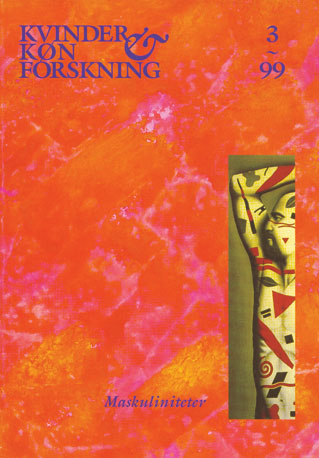Mannlighet og historie. Om mannsforskning som ny dimension i historisk forskning
DOI:
https://doi.org/10.7146/kkf.v0i3.28402Abstract
Gender as a system of differentiation plays very diverse roles in different societies and at different ages. The paper distinguishes between gender systems and patriarchal structures, and outlines three different historical models for understanding masculinities in context: a 'household society' model, a 'master society' model and a 'gender society' model. By analysing gender relatively to societal conditions, the tendency to impose the modern conception of gender-as-power on very different historical phenomena can be avoided. Even if all equality barriers or patriarchal structures change the meanings of gender in society, the gender system is not neccessarily the main arrangement for patriarchal oppression, which may take place for example in terms of age and seniority instead. Due to ahistorical gender concepts, the late and protracted character of the transformation of the gender system in Western history has not been sufficiently acknowledged, along with a failure to identify the unique traits of the modern gender system. The article concludes by discussing modern 'phallic' masculinity linked to sexual reification and the submergence of patriarchal structures in economic relations.Downloads
Published
1999-10-29
How to Cite
Holter, Øystein G. (1999). Mannlighet og historie. Om mannsforskning som ny dimension i historisk forskning. Women, Gender & Research, (3). https://doi.org/10.7146/kkf.v0i3.28402
Issue
Section
Articles
License
Publications in Women, Gender and Research are licensed under Creative Commons License: CC Attribution-NonCommercial 4.0

